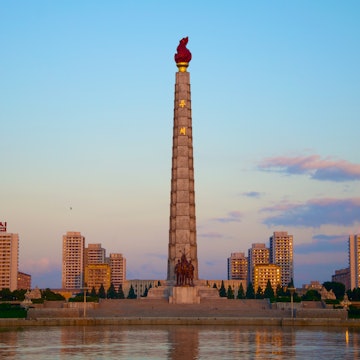

Eric Lafforgue
Overview
There is quite simply nowhere on Earth like North Korea. Now on its third hereditary ruler, this nominally communist state has defied all expectations and survived the collapse of the Soviet Union to become a nuclear power. A visit to North Korea offers a glimpse of the world's most isolated nation, where the internet and much of the 21st century remain relatively unknown, and millions live their lives in the shadow of an all-encompassing personality cult.











